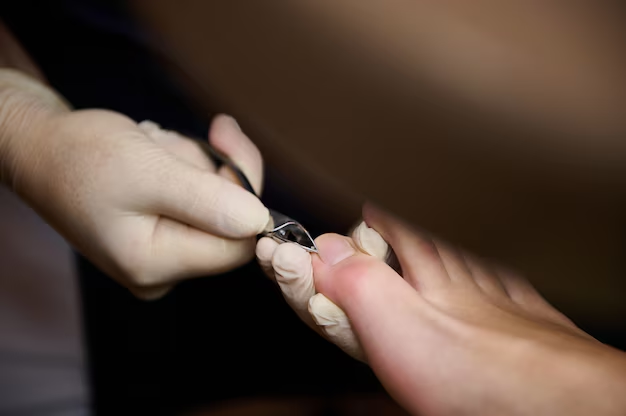Understanding the Warning Signs of Diabetic Feet: What You Need to Know
Foot health is essential for everyone, but for individuals with diabetes, it becomes even more crucial due to the serious complications that can arise. Diabetic feet often present distinct features that warrant attention. Recognizing these signs early can be vital in preventing severe health issues.
What Do Diabetic Feet Look Like?
Diabetic feet can show a variety of symptoms due to complications such as neuropathy (nerve damage) and peripheral vascular disease (impaired blood circulation). Here are common characteristics to look for:
Numbness or Tingling: This often results from nerve damage. You might notice reduced sensation or a "pins and needles" feeling, particularly in the toes or sole.
Swelling: Poor circulation can lead to persistent swelling of the feet and ankles.
Skin Changes: Look for dryness, cracking, or peeling. Diabetes can lead to reduced moisture in the skin, making it prone to injury.
Calluses and Corns: These are more common in diabetic feet and can develop quickly due to uneven weight distribution and friction.
Color Changes: The feet may appear discolored, such as a bluish or reddish hue. This can indicate circulation issues.
Wounds or Ulcers: Diabetes can slow down the healing process, making even small cuts or blisters progress into serious ulcers.
Deformities: Conditions like hammer toes or bunions may develop due to long-term changes.
Infections: Fungal infections in toenails or between the toes are prevalent.
Why Recognizing These Signs Matters
Failing to address these symptoms can lead to significant complications, including infections, wounds that don’t heal, and even amputation. Early detection and intervention are crucial.
For those with diabetes, regular foot checks with a healthcare provider are recommended. Effective management of blood sugar levels, proper foot care routines, and wearing appropriate footwear can significantly reduce risks.
Navigating Health Costs and Financial Support
Caring for diabetic feet can present financial burdens due to doctor visits, special footwear, and other treatments. Thankfully, various resources can provide aid:
Government Aid Programs: Government initiatives, such as Medicaid or Medicare, often include provisions for diabetic supplies and medical care. Check your eligibility for coverage of diabetic shoes or comprehensive foot exams.
Financial Assistance: Look into clinics or hospitals that offer sliding-scale fee structures based on income. Nonprofits may also provide additional support.
Debt Relief Options: For those struggling with medical debts, consider debt relief services. It's worth exploring restructuring or consolidation options that can alleviate financial stress without adversely affecting credit scores.
Credit Solutions: Some institutions offer healthcare-focused credit cards that provide zero-interest periods. These can be a temporary solution but must be managed carefully to avoid escalating debt.
Educational Grants and Resources: Universities and educational institutions often conduct studies on diabetes. Participating might not only earn you compensation but provide access to advanced care and insights.
Explore Financial Support Options:
- 💸 Medicare Diabetes Program: Coverage for diabetic equipment and supplies.
- 🏥 Local Community Clinics: Often offer free or reduced-cost services.
- 📊 Debt Management Plans: Contact a credit counselor for assistance.
- 🩺 Patient Assistance Programs: Pharmaceutical assistance for medications.
- 📚 Diabetes Education Centers: Free classes to help manage diabetes.
Staying informed about the appearance and care of diabetic feet is a crucial step toward maintaining health and well-being. For those who might feel overwhelmed, remember that support options are available to alleviate both health and financial concerns.
